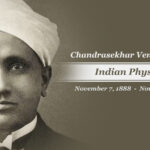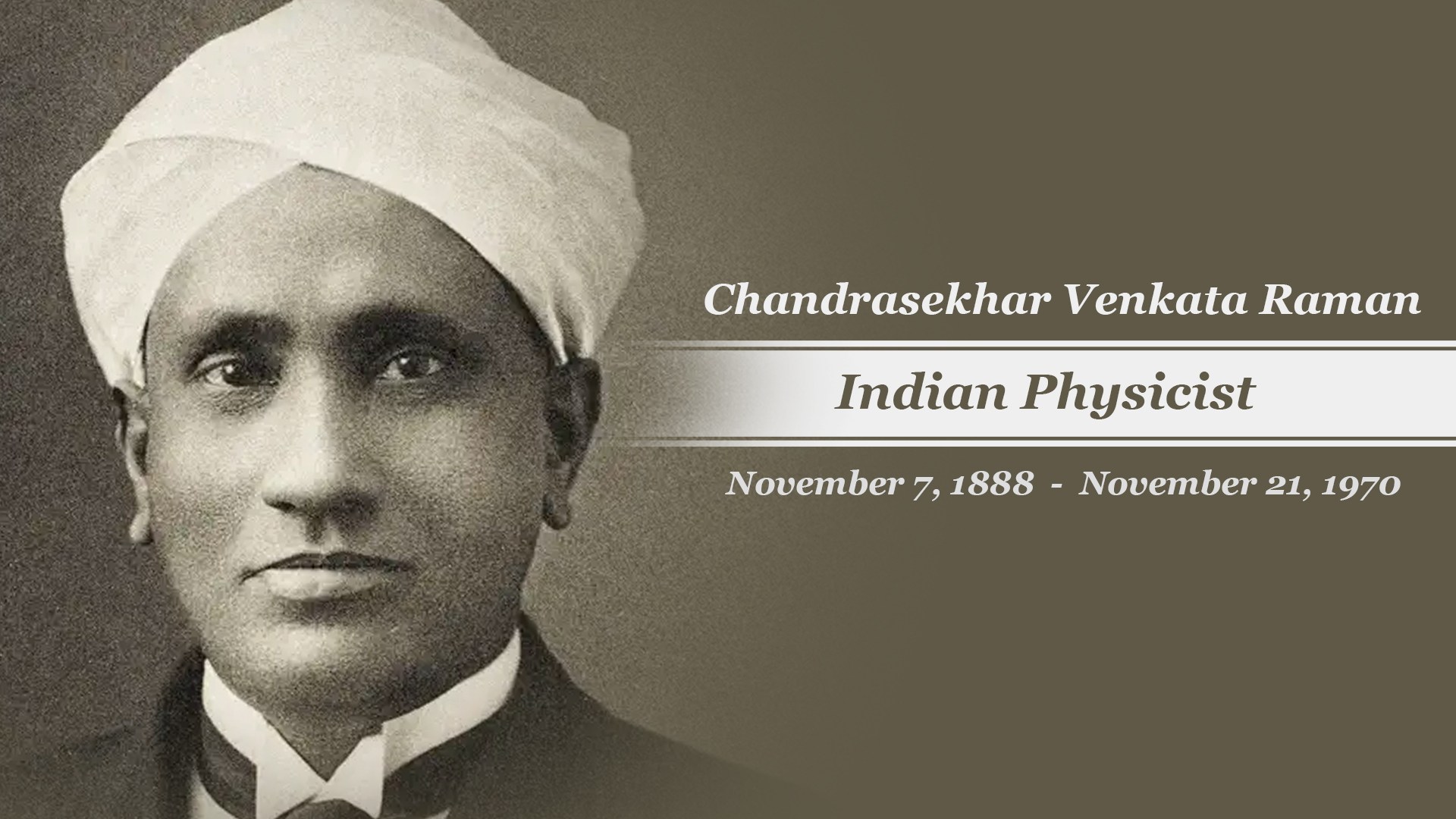Albert Einstein, a name synonymous with genius, remains one of the most influential scientists in history. Born on March 14, 1879, in Ulm, in the Kingdom of Württemberg in the German Empire, Einstein’s life was a journey marked by intellectual curiosity, groundbreaking discoveries, and profound contributions to humanity’s understanding of the universe.
Early Life and Education
Einstein grew up in a secular Jewish family. His father, Hermann Einstein, was an engineer and entrepreneur, while his mother, Pauline Koch, was a talented pianist. As a child, Einstein showed an early interest in mathematics and science. A pivotal moment occurred when he received a compass at the age of five, the mysterious force that caused the needle to move captivated his young mind and sparked a lifelong fascination with the natural world.

Einstein’s formal education began at the Luitpold Gymnasium in Munich, but he often clashed with the rigid structure of the German educational system. In 1894, his family moved to Italy, and Einstein eventually renounced his German citizenship in 1896 to avoid military service. That same year, he enrolled at the Swiss Federal Polytechnic in Zurich. Though he excelled in physics and mathematics, his rebellious spirit led him to struggle with subjects that didn’t capture his interest.

Career Beginnings and the Miracle Year of Albert Einstein
Early Career Struggles
Albert Einstein’s journey to becoming one of the greatest minds in physics was far from conventional. After graduating from the Swiss Federal Polytechnic in Zurich in 1900, Einstein faced numerous obstacles in finding a stable academic position. His outspoken and unconventional nature, coupled with a lack of strong recommendations, made it difficult for him to secure teaching roles. In 1902, he accepted a job as a patent examiner at the Swiss Patent Office in Bern. Though seemingly mundane, this role provided him the financial stability to support his family and ample time to nurture his intellectual pursuits.
The Path to Scientific Breakthroughs
At the patent office, Einstein reviewed technical inventions, sharpening his analytical skills and fueling his curiosity about the principles of physics. He spent his evenings and weekends delving into theoretical physics, reading the works of pioneers like James Clerk Maxwell and Ludwig Boltzmann. These years of independent study and reflection laid the groundwork for the revolutionary ideas he would soon develop.
The Annus Mirabilis: A Year That Changed Science
The year 1905 is often called Einstein’s “Annus Mirabilis” or “Miracle Year,” and for good reason. During this period, Einstein published four groundbreaking papers in the journal Annalen der Physik. Each paper addressed a major scientific challenge of the time, fundamentally transforming the understanding of the physical world.
1. The Photoelectric Effect
In his first paper, Einstein proposed that light behaves as discrete packets of energy called quanta, or photons. This revolutionary idea explained the photoelectric effect—a phenomenon where light ejects electrons from a metal surface. Einstein’s work challenged classical wave theory and became a cornerstone of quantum mechanics. In recognition of this achievement, he was awarded the Nobel Prize in Physics in 1921.
2. Brownian Motion
Einstein’s second paper provided a theoretical explanation for Brownian motion—the random movement of particles suspended in a fluid. By linking this phenomenon to statistical mechanics, he offered empirical evidence for the existence of atoms and molecules. This work not only settled longstanding debates about atomic theory but also showcased Einstein’s ability to connect abstract concepts with observable phenomena.
3. Special Theory of Relativity
Einstein’s third paper introduced the Special Theory of Relativity, redefining the fundamental concepts of space and time. He demonstrated that the laws of physics are consistent for all non-accelerating observers and that the speed of light is constant regardless of the observer’s motion. This groundbreaking theory included the iconic equation E=mc², which revealed the profound equivalence of mass and energy.
4. Mass-Energy Equivalence
In his fourth paper, Einstein expanded on the implications of his relativity theory by exploring the relationship between mass and energy. This work not only solidified his reputation as a visionary thinker but also laid the theoretical foundation for advancements in nuclear energy and particle physics.
The Impact of the Miracle Year
Einstein’s Annus Mirabilis transformed him from a relatively unknown patent clerk into a scientific luminary. These four papers revolutionized physics, opened doors for academic opportunities, and established him as one of the foremost thinkers of his time. More importantly, they laid the foundation for many technological and scientific advancements that continue to shape the modern world.
Legacy of Perseverance and Creativity
The Miracle Year exemplifies Einstein’s relentless curiosity, intellectual independence, and ability to challenge established norms. His career beginnings, marked by adversity and persistence, serve as an enduring inspiration for scientists and innovators worldwide. The discoveries of 1905 not only changed the course of physics but also demonstrated the power of imagination and determination in overcoming obstacles and achieving greatness.
Academic and Scientific Achievements
Einstein’s success in 1905 propelled him into the academic world. He held professorships in Zurich, Prague, and Berlin. In 1915, he completed his General Theory of Relativity, a theory that replaced Newtonian mechanics for describing the gravitational forces in the universe. This work predicted phenomena such as the bending of light by gravity, which was confirmed during a solar eclipse in 1919, making Einstein an international celebrity.
Beyond relativity, Einstein made significant contributions to quantum mechanics and statistical mechanics. However, he often found himself at odds with the probabilistic nature of quantum theory, famously stating, “God does not play dice with the universe.”
When albert einstein comes to india and why?
Albert Einstein never visited India during his lifetime. However, his intellectual influence reached the country, particularly among Indian scientists, academics, and political leaders. Notably, he had correspondences with prominent Indian figures like Mahatma Gandhi and Rabindranath Tagore.
Einstein’s Connection to India
- Scientific Influence: Einstein’s groundbreaking work on relativity and quantum mechanics deeply inspired Indian physicists, including Satyendra Nath Bose. Bose’s collaboration with Einstein led to the formulation of Bose-Einstein statistics, a foundational concept in quantum mechanics.
- Philosophical Exchanges: Einstein and Rabindranath Tagore engaged in a famous dialogue in 1930, discussing the relationship between science and spirituality, reflecting their shared interest in exploring the nature of reality.
- Support for Indian Independence: Einstein was sympathetic to India’s struggle for independence and admired Mahatma Gandhi‘s philosophy of non-violence. In 1931, Einstein wrote to Gandhi, expressing his respect for Gandhi’s methods and vision.
While Einstein never traveled to India, his ideas
Personal Life and Humanitarian Efforts
Albert Einstein’s Personal Life: A Complex Journey
Albert Einstein, renowned for his groundbreaking contributions to physics, led a personal life that was as intricate and multifaceted as his scientific theories. Born on March 14, 1879, in Ulm, Germany, Einstein grew up in a secular Jewish household. His parents, Hermann Einstein and Pauline Koch, played significant roles in shaping his early years. While his father managed a series of entrepreneurial ventures, his mother fostered Einstein’s love for music, teaching him to play the violin, an activity he cherished throughout his life.
Early Relationships and Family Life
In 1903, Einstein married Mileva Marić, a Serbian physicist and fellow student at the Swiss Federal Polytechnic in Zurich. The two shared a mutual interest in science and intellectual pursuits, and their early correspondence reveals deep discussions about theoretical physics. Their union, however, was fraught with challenges. The couple had three children: a daughter, Lieserl, whose fate remains unclear, and two sons, Hans Albert and Eduard. Hans Albert pursued a successful career in engineering, while Eduard struggled with mental health issues and spent much of his life in psychiatric care.

Einstein’s marriage to Mileva deteriorated over time, strained by his demanding career and differing aspirations. The couple divorced in 1919, with Einstein agreeing to give Mileva the monetary award from his eventual Nobel Prize as part of the settlement.
A New Chapter with Elsa
Shortly after his divorce, Einstein married Elsa Löwenthal, his first cousin on his mother’s side and second cousin on his father’s. Elsa provided a stabilizing presence in Einstein’s life, managing his household and acting as a buffer between him and the outside world as his fame grew. The couple moved to Berlin, where Einstein’s scientific career flourished, but the rise of antisemitism and political unrest in Germany cast a shadow over their personal lives.

The Impact of Politics and Exile
The rise of the Nazi regime in the early 1930s forced Einstein to confront the realities of persecution. As a prominent Jewish scientist, he was a target of Nazi propaganda and left Germany in 1933, renouncing his German citizenship for the second time. Einstein and Elsa emigrated to the United States, settling in Princeton, New Jersey, where he accepted a position at the Institute for Advanced Study. Elsa’s health declined shortly after their relocation, and she passed away in 1936, leaving Einstein deeply saddened.
Passions Beyond Science
Einstein’s personal life was not solely defined by his relationships. He was an avid music lover and found solace in playing the violin, often using it as a refuge during times of stress. He also had a deep appreciation for nature and enjoyed sailing, despite being famously indifferent to swimming.
A Legacy of Humanitarianism
In addition to his scientific achievements, Einstein was a passionate advocate for social justice and humanitarian causes. He spoke out against racism, supported civil rights movements, and was an outspoken critic of war and militarism. His personal letters and writings reveal a man deeply committed to principles of peace and equality, even as he grappled with the complexities of his own relationships and responsibilities.
Albert Einstein’s personal life was a tapestry of triumphs and challenges. While his scientific legacy continues to inspire, his humanity—marked by love, loss, and resilience—offers a poignant reminder of the man behind the genius.
Legacy
Albert Einstein passed away on April 18, 1955, in Princeton. His brain was preserved for scientific study, revealing a unique structure that some speculate contributed to his remarkable intellect.
Einstein’s legacy endures not only in the field of physics but also in popular culture as a symbol of intellectual brilliance and creativity. His theories continue to underpin modern scientific research, from black hole studies to GPS technology. Beyond his scientific achievements, Einstein’s humanity and commitment to peace and justice make him a timeless figure of inspiration.
Albert Einstein’s life was a testament to the power of curiosity and the pursuit of knowledge. His contributions to science and society remain a guiding light for future generations, urging us to explore, question, and understand the mysteries of our universe.
So that’s all for today. Best wishes to all of you from Sci-fi Note. Stay well, keep the environment healthy, and maintain your love for science. Thank you.












One thought on “The Life and Legacy of Albert Einstein”